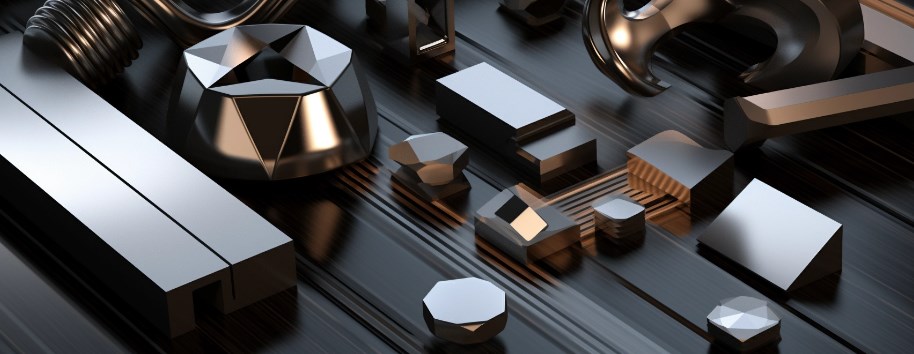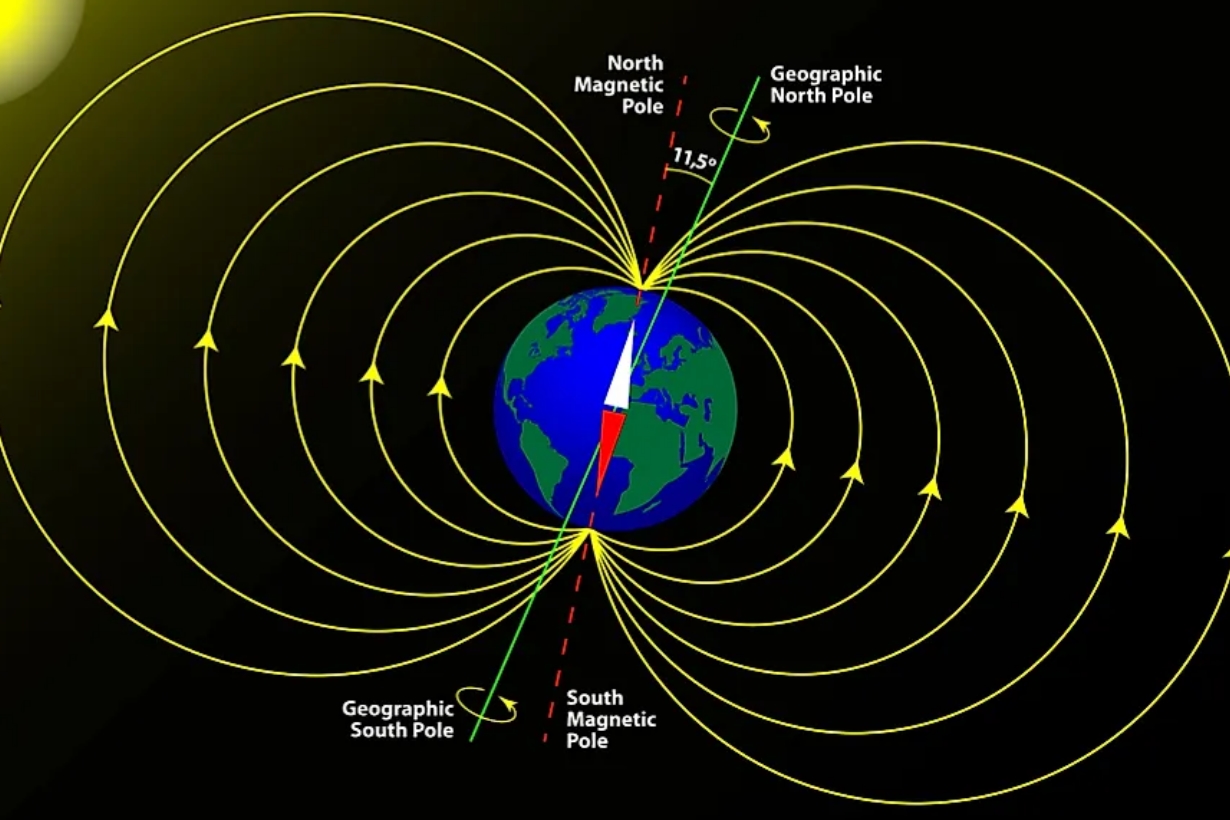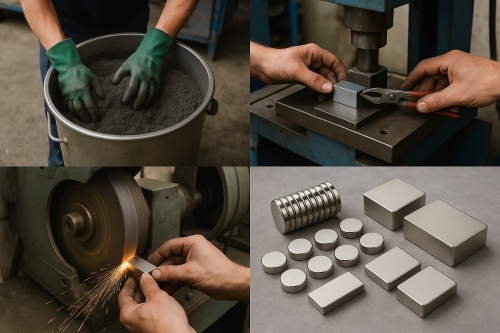Understanding Why Stainless Steel Is Magnetic
Stainless steel is renowned for its corrosion resistance, durability, and sleek aesthetic, but there's a common misconception that all stainless steel is non-magnetic. In this exploration, we delve into the magnetic properties of stainless steel, uncovering the reasons behind its magnetism and shedding light on the factors that influence this intriguing characteristic. 
The Stainless Steel Enigma
Stainless steel is a family of iron-based alloys that contains a minimum of 10.5% chromium. This chromium content creates a protective oxide layer on the surface, giving stainless steel its resistance to rust and corrosion. While many grades of stainless steel are indeed non-magnetic, some exhibit magnetic properties, and understanding why requires a closer look at the alloy's composition.
Is all stainless steel magnetic (ferromagnetic)? Will magnets stick to it?
Not all stainless steel is magnetic; it depends on the specific type or grade of stainless steel. Stainless steels can be broadly categorized into three main groups based on their crystal structure and magnetic properties: austenitic, ferritic, and martensitic. Stainless steels are broadly categorized into three groups based on their magnetic behavior:
1. Austenitic Stainless Steels:
- These alloys, including the popular 300 series (e.g., 304 and 316), are generally non-magnetic.
- The high levels of nickel and manganese in austenitic stainless steels contribute to their non-magnetic nature.
2. Ferritic Stainless Steels:
- Ferritic stainless steels (e.g., 430) are magnetic.
- Their magnetic properties arise from the presence of iron and a higher chromium content, but lower nickel levels compared to austenitic steels.
3. Martensitic Stainless Steels:
- Martensitic stainless steels (e.g., 410) are also magnetic.
- These alloys have a higher carbon content, and their magnetic characteristics result from a specific heat treatment process.
As for the strength of the magnetic attraction, it can vary based on factors such as the alloy composition, processing conditions, and the specific type of magnet used. Generally, magnetic stainless steels are not as strongly attracted to magnets as materials like iron or steel, but they still exhibit noticeable magnetic properties.
Factors Influencing Magnetism
Several factors influence the magnetic properties of stainless steel:
1. Composition:
- The ratio of iron, chromium, nickel, and other elements determines the magnetic or non-magnetic nature of the alloy.
2. Cold Working:
- Cold working processes, such as rolling or bending, can induce magnetism in stainless steel.
3. Heat Treatment:
- Certain heat treatments can alter the crystal structure of stainless steel, affecting its magnetic behavior.
Real-World Applications
Understanding the magnetic properties of stainless steel is crucial in various industries:
1. Kitchen Appliances:
- Magnetic stainless steel is often used in the construction of kitchen appliances, such as refrigerators and dishwashers.
2. Architectural Design:
- Magnetic stainless steel is employed in architectural applications, combining functionality with an aesthetically pleasing finish.
3. Automotive Industry:
- Parts and components in the automotive industry may utilize magnetic stainless steel for its strength and corrosion resistance.
Conclusion
In demystifying the magnetic nature of stainless steel, it becomes clear that this alloy's behavior is not a one-size-fits-all scenario. The diverse applications and variations in composition contribute to the array of magnetic and non-magnetic stainless steels available. Whether it's the gleaming non-magnetic surfaces of austenitic stainless steel or the magnetic strength of ferritic and martensitic varieties, understanding the science behind magnetism adds a new dimension to our appreciation of this versatile material.















